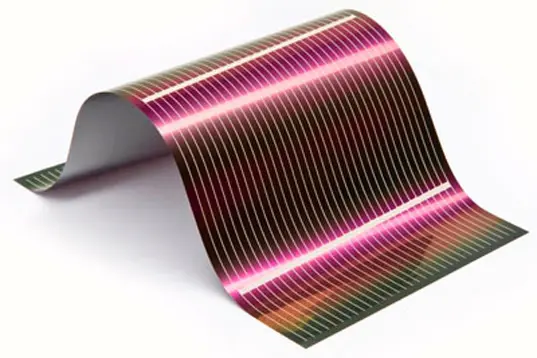There are a lot of promising applications for organic solar cells; the same cannot be said for the ubiquitous silicon solar panel. Organic solar cell technology has the potential to be lightweight, flexible, and colorful, making it especially appealing for urban or façade applications. But while scientists research on understanding the fundamental processes of how these devices work; continued work on this device has been slow.

At Princeton University and King Abdullah University of Science and Technology, engineers have discovered a way to calculate and express energy loss in organic solar cells. They have been able to describe this energy loss and have extended that description to make recommendations for engineering the best devices. According to the publication, this discovery would shine more light into new ways of constructing organic solar cells.

Professor Barry Rand, the co-author of the research study from electrical and computer engineering and the Andlinger Center for Energy and the Environment, said: “There was a way that energy loss in organic solar cells was traditionally described and defined. And it turns out that that description was not wholly correct.”
Professor Rand explained that the previous method of describing energy loss did not take into account the presence of disorder in an organic solar cell; there is dynamic disorder, which is caused by the erratic movement of molecules at the micro level, resulting in energy loss that is practically unavoidable at most temperatures. There is another type of disorder called structural or static disorder, which is a product of the intrinsic structures of the various materials used in an organic solar cell, as well as their arrangement inside a device.

The previous research published organic solar cells didn’t account for these disorders in energy loss calculations which yielded values around 0.6 electron volts (eV), irrespectively of the materials used for the device fabrication. This oversight when taken into account by Rand and his team, they calculated energy loss and tested various devices, they found that the level of disorder played an important role in determining the overall energy loss of an organic solar cell.
“As the disorder of a solar cell increases, we see our non-radiative energy loss component—the component that we have control over—grows rapidly,” Rand said. “The non-radiative energy loss grows with the square of the disorder component.”
Read More
Anti-Theft and Burglar System with SMS Notification
Conclusion
After a successful demonstration that increasing disorder causes energy loss to sharply increase in devices, Rand and his team were able to make recommendations for materials that minimize disorder and therefore lead to more efficient devices.
This is a good sign, since scientists can choose the materials they use as well as how to arrange them in an organic solar cell, they have some control over the level of structural disorder in a given device.


